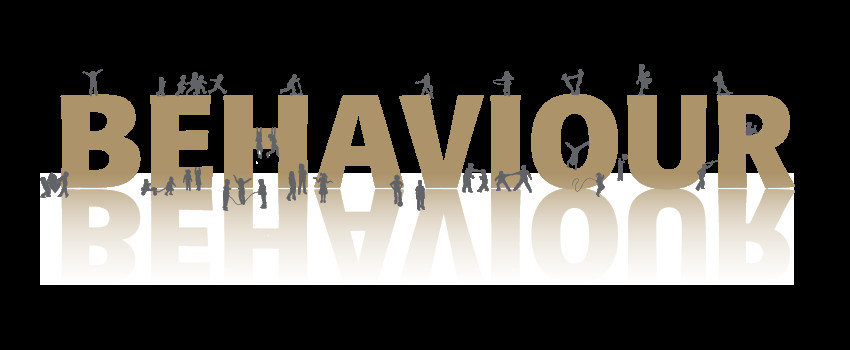The behaviour dilemma

I’ve recently participated as one of the contributors in the Stoddart Review – a well-respected study on workplace productivity. Around the table of my presentation were a range of the industry’s leading lights, ready to face my ramblings on the future of the Workplace. Below is the third of three points I made. The first was on productivity and the second was about purpose. I welcome your input & feedback!
Having read my two previous posts, you’ll now know that the workplace industry is very focused on productivity at the moment. Well, I say “productivity”, but that’s a trap… So substitute that word with creative, or collaborate, or innovative, or awesomely smiley (delete as applicable). We also know that a sense of purpose is the biggest factor to make them productive/collaborative/innovative/smiley. But how do we get there? How can the Workplace industry go about creating exceptional workplaces?
Well, I’ll give you a clue – the biggest effects are not in the design. Creating an amazing place to work equally does not come about because you’ve got ergonomic seating, a concierge service, good air and noise quality, an Italian marble reception, a fantastic coffee machine, efficient chillers, or an above-the-recommended-minimum square foot of office space per person. These certainly contribute, but I think that these are hugely over-inflated causes of workplace productivity.
For me, there’s a bit missing in the middle. The pink, squidgy bit in the middle. That’s right, the thinking, feeling human being… I believe that the physical workplace should be far more focused on driving the thing that’s right in front of its nose – and that’s human behaviour. A recent Forbes article has done some research into “The Top 15 traits in business” – the likes of autonomy, passion, hard work, cultural fit, presentation and collaboration. So – the big question – can the workplace industry help to engender the those behaviours in the people who work there – making them more collaborative, autonomous, passionate and hard-working?
According to the CIPD, “Nearly 50% of employees describe the culture of their organisation as a ‘formalised and structured place to work, where procedures govern what people do and hold people together’. 55% specified that they would prefer to work in ‘an organisation with a family feel, held together by loyalty and tradition’”
Additionally, ClearCompany say that “39% of surveyed employees believe that people in their own organisation don’t collaborate enough”, and an Ipsos Mori poll concludes that only “a fifth of people are proud of their employer’s behaviour”. So what part does the workplace play in making people more passionate, collaborative and engaged? I’ve recently seen a few excellent examples of organisations that have understood this sociological link.
- Sky’s campus in Livingston have an area where you walk into the call centre that’s decorated to look like a customer’s front door – so they are literally ‘walking into the customer’s world’ before they speak to them. Rackspace have gone one step further, theming their entire office like a customer’s home
- Sea Containers House residents Ogilvy & Mather have deliberately removed power sockets from secluded areas, to discourage lone working and force people to work in shared spaces and collaborate more
- Red Bull Racing and Mitie have introduced technology which drives hundreds of tiny, incremental improvements that mirrors the needs of the drivers on the track
- Receptionists at Coutts do guest profiling for the VIPs, to make sure the welcome is personalised, making sure the visitors feel more important and prestige
- Lego have introduced ‘activity based working’ to their London HQ, which has flexible working spaces and no offices. This ‘reflects the diversity of the company’, and encourages people to learn from each other
There are also many, many other good examples of workplaces that not only understand and adapt to the humans that use them – but also that are able to actively drive the behaviours that the organisation is looking for. There’s still plenty of work to be done in the interconnected worlds of FM, HR, Communications and Leadership – but I for one would welcome more cultural alignment between all parts of the organisation, with all parties trying to engender the behaviours that will make them succeed.
0
